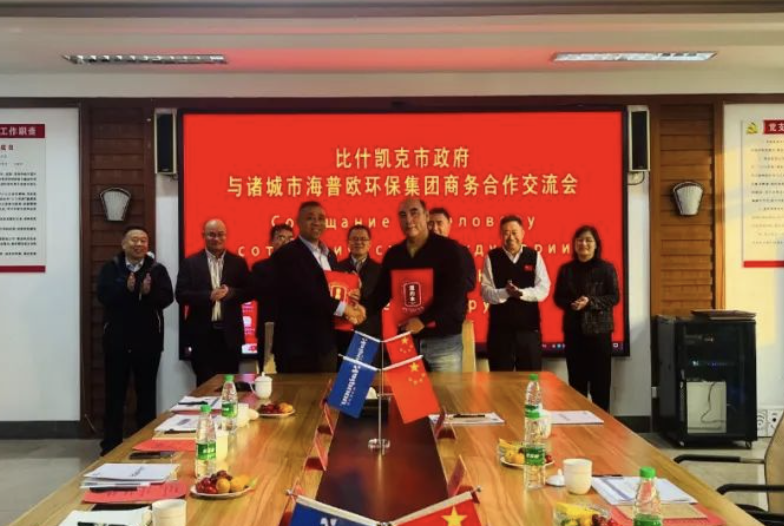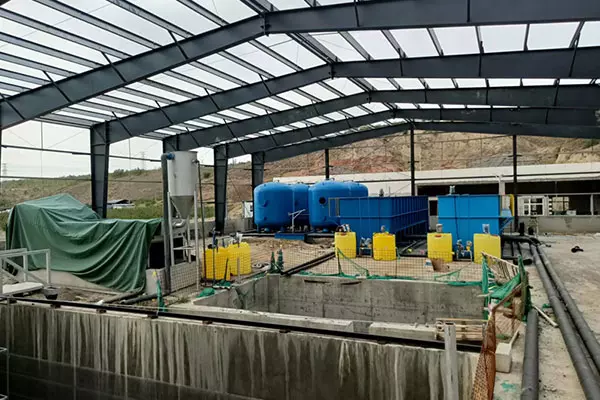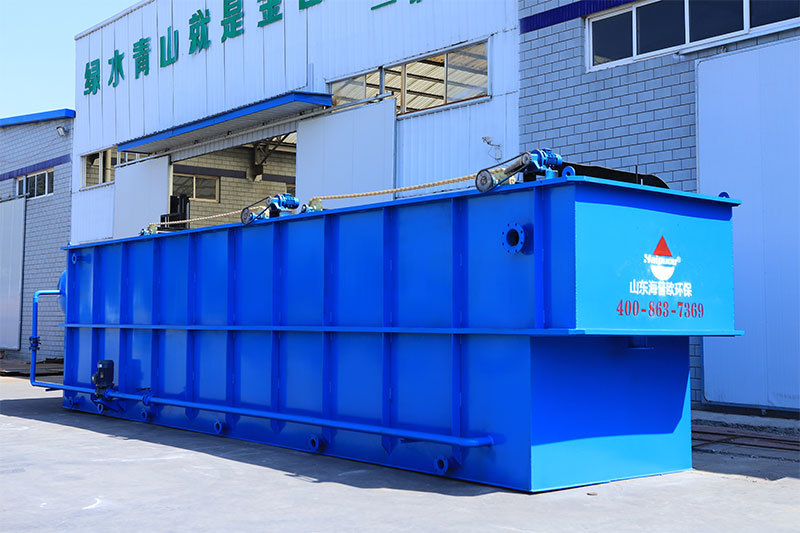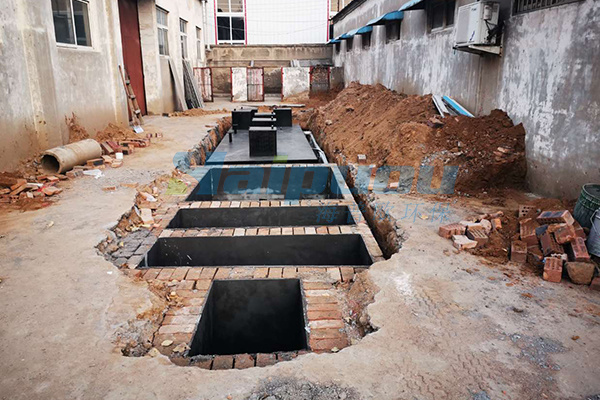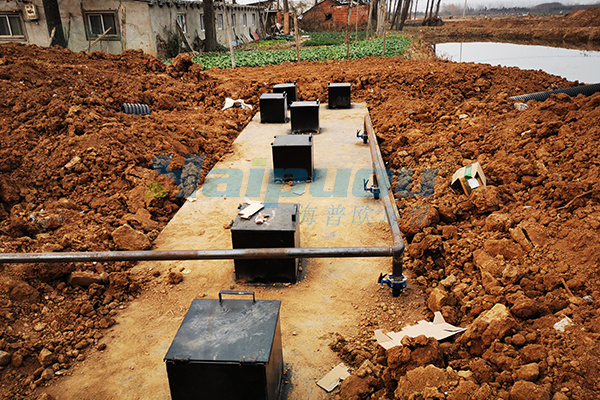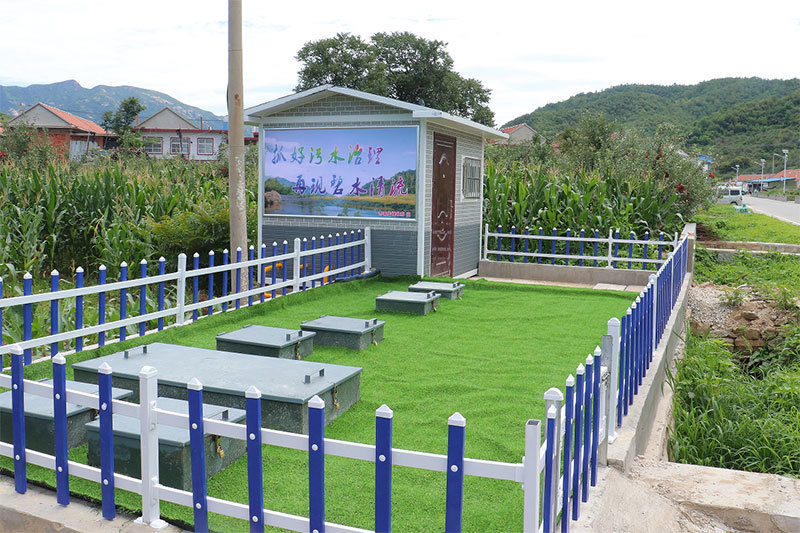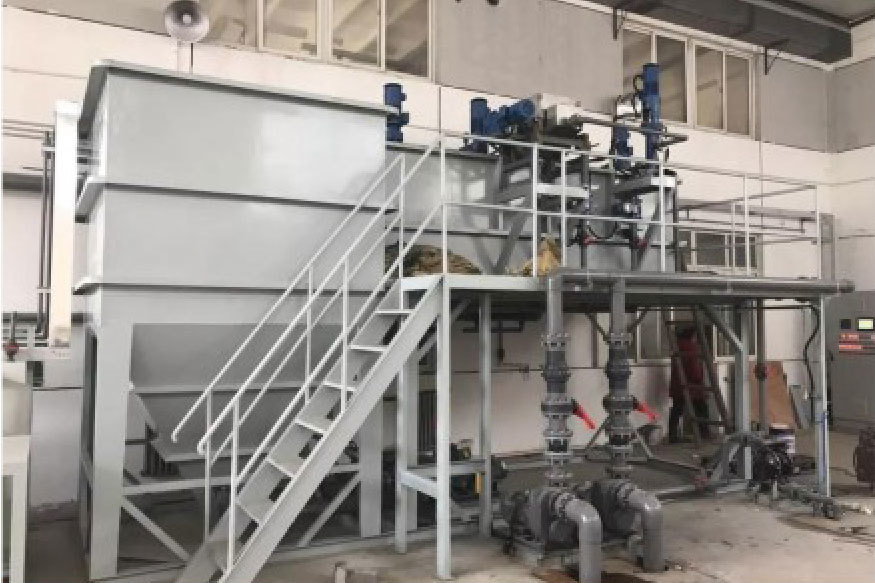News details
Unveiling the Power of Electrolytic Air Flotation Machines in Municipal Waste Management
Release time:
2024-09-13 09:00
Unveiling the Power of Electrolytic Air Flotation Machines in Municipal Waste Management
Introduction to Municipal Waste Management Challenges
Municipal waste management is a critical aspect of urban living, encompassing a range of processes designed to handle waste generated by households and businesses. As cities grow, the volume and complexity of waste increase, presenting significant challenges. Inefficient waste management systems can lead to environmental degradation, public health issues, and increased operational costs. Therefore, innovative solutions are essential to enhance waste treatment and management effectiveness.
The Role of Electrolytic Air Flotation Machines
Electrolytic air flotation machines have emerged as a transformative technology in the field of waste management. These machines function by separating contaminants from water through a combination of electrolytic and flotation processes. By generating microbubbles and facilitating the removal of solid waste, they offer a sustainable solution to treat wastewater and municipal sludge effectively.
Understanding Electrolytic Air Flotation Technology
Electrolytic air flotation machines operate on the principle of electrolysis, which involves the decomposition of water into hydrogen and oxygen gas. When an electric current passes through water, it generates microbubbles that attach to suspended solids, causing them to rise to the surface. This process results in the formation of a froth layer that can be easily removed, allowing for cleaner water to be discharged.
Key Components of Electrolytic Air Flotation Machines
1. **Electrolytic Cell:** This is the heart of the machine, where the electrolysis process occurs. It is designed to maximize surface area for efficient gas generation.
2. **Microbubble Generator:** This component creates the microbubbles necessary for the flotation process.
3. **Flotation Tank:** The tank allows for the separation of the sludge from the treated water.
4. **Skimmer Mechanism:** This component efficiently collects the froth layer formed during flotation.
Advantages of Using Electrolytic Air Flotation Machines in Municipal Waste Management
Electrolytic air flotation machines offer numerous advantages that position them as a preferred solution for municipal waste management:
1. High Efficiency in Pollutant Removal
These machines can significantly reduce suspended solids, oils, and grease in wastewater, leading to high-quality effluent suitable for discharge or reuse.
2. Lower Operational Costs
By minimizing the need for chemical coagulants and flocculants, electrolytic air flotation machines reduce chemical costs associated with traditional wastewater treatment processes.
3. Compact Design and Space Saving
These machines require less space compared to conventional systems, making them ideal for urban applications where space is limited.
4. Environmental Sustainability
By effectively treating wastewater, electrolytic air flotation machines contribute to environmental protection and sustainability goals, reducing pollution and conserving clean water resources.
5. Versatility and Adaptability
Electrolytic air flotation machines can be utilized in various applications, including industrial wastewater treatment, stormwater management, and municipal sewage treatment.
Case Studies: Successful Implementations in Municipal Waste Management
Several cities worldwide have successfully integrated electrolytic air flotation technology to enhance their waste management systems.
1. Case Study: City of Los Angeles
In an effort to combat urban pollution, the city of Los Angeles implemented electrolytic air flotation machines to treat runoff water. The system demonstrated a remarkable reduction in pollutants, leading to improved water quality in nearby waterways.
2. Case Study: Singapore’s Integrated Waste Management Facility
Singapore's state-of-the-art waste management facility utilizes electrolytic air flotation technology to efficiently treat generated waste. By incorporating this innovative solution, Singapore has managed to significantly reduce landfill dependency and promote recycling practices.
Challenges and Considerations in Implementation
While the benefits of electrolytic air flotation machines are substantial, several challenges must be addressed to ensure successful implementation.
1. Initial Investment Costs
The initial costs of purchasing and installing these machines can be high, which may deter some municipalities from adopting the technology.
2. Technical Expertise Requirement
Municipalities may need to invest in training personnel to operate and maintain the equipment effectively.
3. Regulatory Compliance
Adhering to local and national regulations regarding wastewater discharge can be a complex process that requires thorough documentation and monitoring.
The Future of Electrolytic Air Flotation Technology in Waste Management
The future of electrolytic air flotation technology in municipal waste management looks promising. As environmental concerns continue to rise, the demand for efficient and sustainable waste treatment solutions will also grow. Technological advancements may lead to the development of even more efficient machines that can address a wider range of contaminants.
Innovative Trends on the Horizon
1. **Integration with Smart Technology:** Future machines may incorporate IoT and AI to monitor performance in real-time, optimizing operations based on current conditions.
2. **Enhanced Automation:** Increased levels of automation will likely reduce human intervention, making systems more efficient and reliable.
3. **Focus on Resource Recovery:** New technologies may further enhance the capability to recover valuable resources from waste, transforming it into a circular economy approach.
Frequently Asked Questions (FAQs)
1. What is the main function of electrolytic air flotation machines?
Electrolytic air flotation machines primarily serve to separate contaminants from wastewater through the generation of microbubbles that lift solids to the surface for easy removal.
2. How do electrolytic air flotation machines compare to traditional methods?
They offer greater efficiency, lower chemical costs, and a smaller footprint compared to traditional methods such as sedimentation and chemical coagulation.
3. Can electrolytic air flotation machines be used for industrial wastewater treatment?
Yes, these machines are versatile and can be tailored for various applications, including industrial wastewater treatment, stormwater management, and municipal sewage treatment.
4. What are the environmental benefits of using this technology?
By reducing pollutants in wastewater, electrolytic air flotation machines help protect water bodies from contamination, contributing to environmental sustainability.
5. Are there any limitations to using electrolytic air flotation machines?
Initial investment costs, the need for technical expertise, and regulatory compliance can pose challenges for municipalities looking to implement this technology.
Conclusion
Electrolytic air flotation machines represent a groundbreaking advancement in municipal waste management, combining efficiency, sustainability, and versatility. By addressing key challenges in wastewater treatment, these machines not only enhance the quality of effluent but also contribute to environmental conservation efforts. As cities continue to grow and face increasing waste management challenges, the adoption of innovative technologies like electrolytic air flotation will be crucial in shaping a cleaner, more sustainable future.
Electrolytic air flotation machine
Related news
Contact: +86 18016210178 (Ms.Liu)
Add:No.56, Donghuan Road, Zhucheng City, Weifang City, Shandong Province
License



